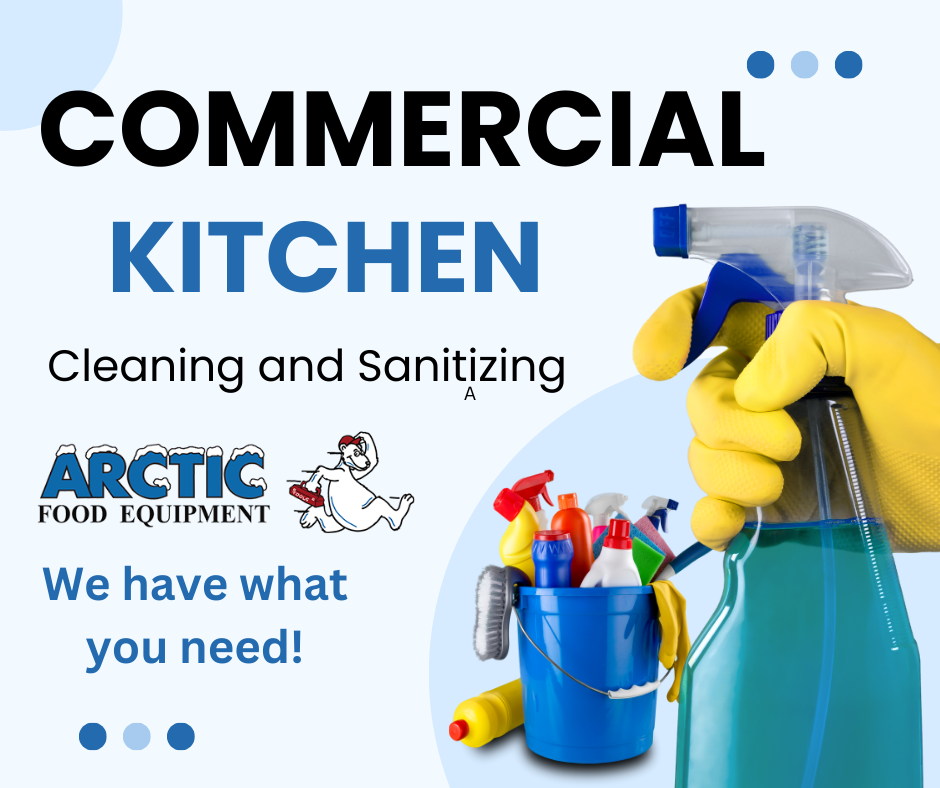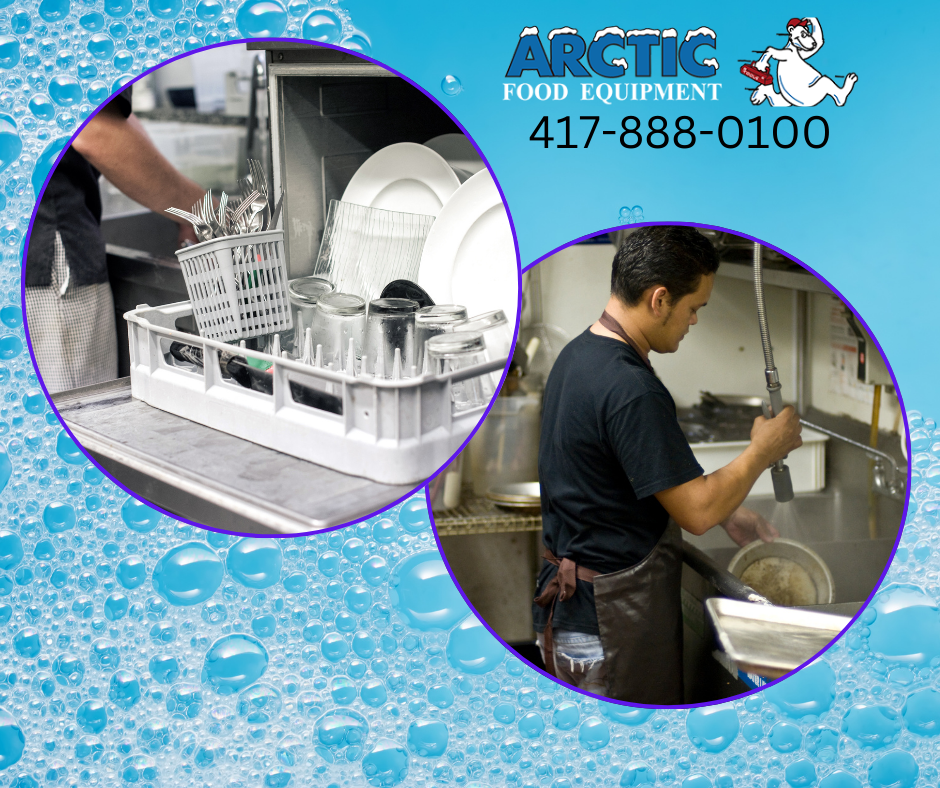Understanding the Difference Between Cleaning and Sanitizing
Before we venture into the nitty-gritty of cleaning and sanitizing procedures, it's
essential to understand the distinction between the two. Cleaning removes dirt, food
residues, grease, and other visible impurities from surfaces. Sanitizing, on the other
hand, reduces the number of pathogens on a clean surface to safe levels, as judged by
public health standards.
The Cleaning Process
The first step in any kitchen sanitation program is cleaning. It typically involves the use
of water, detergents, and mechanical action to loosen and wash away soiling. Cleaning
is vital as it:
● Prevents the buildup of dirt and grime that could harbor bacteria.
● Ensures that sanitizers can come into direct contact with the surface to be
treated.
The Sanitizing Process
Sanitizing is a crucial final step that follows cleaning. It usually involves the use of a
chemical sanitizer or heat to destroy disease-causing microorganisms. Sanitizing:
● Reduces the number of pathogens to a level considered safe by health
authorities.
● Provides a protective barrier to keep surfaces safe between cleanings.
Implementing an Effective Cleaning and Sanitizing Schedule
Consistency and regularity in cleaning and sanitizing schedules are key to sustaining a
healthy food environment. Creating a well-structured plan can prevent oversight and
ensure that every item in the kitchen receives the attention it requires.
Daily Cleaning and Sanitizing Tasks
Most kitchen equipment should be cleaned and sanitized after each use, to be prepared
for the next service. This applies to:
● Cutting boards
● Countertops
● Utensils
● Stovetops
● Ovens
● Dishwashers
Weekly and Monthly Cleaning and Sanitizing Tasks
Certain items may require a deeper level of cleaning less frequently, such as:
● Deep fryers (weekly)
● Coffee machines (weekly)
● Ice machines (monthly)
● Refrigerators (monthly)
Conduct a regular check of your equipment's manufacturer guidelines to ensure that
you are meeting their recommended cleaning and sanitizing schedules.
Selecting the Right Cleaning Agents and Equipment
Your choice of cleaning agents and equipment can greatly impact the efficacy and
efficiency of your sanitation routine. It's important to consider factors such as the type of
surface to be cleaned, the nature of the soil, and the level of sanitation required.
Detergents
For routine cleaning tasks, any number of commercial kitchen detergents will suffice,
provided they're non-toxic and certified for use in food preparation areas. Opt for a
high-quality degreaser if your kitchen deals with large amounts of oil and fat.
Sanitizers
Sanitizers are designed to combat specific pathogens. Quaternary ammonium
compounds, bleach, and iodine solutions are popular choices for their broad-spectrum
activity and ease of use. However, always read and follow the label instructions when
using sanitizers.
Equipment
The choice of cleaning equipment, such as scrubbing brushes, sponges, and cloths,
should also be considered. Ensure they are in good condition and dedicated to their
intended use to prevent cross-contamination.
In today's competitive food service industry, ensuring food safety is a top priority. By
implementing the best practices for cleaning and sanitizing commercial kitchen
equipment, you not only protect the health of your customers but also safeguard your
brand's reputation and success. Remember, cleanliness in a commercial kitchen is not
just a task, it's a culture. It's an ongoing commitment to excellence that every member of
your team should champion.
Arctic Food Inc. is dedicated to helping food service professionals elevate their
standards of food safety. Whether you're in search of state-of-the-art kitchen equipment,
innovative cleaning solutions, or expert advice on sanitation practices, we're here to
support you on your mission to maintain a clean and safe working environment.












